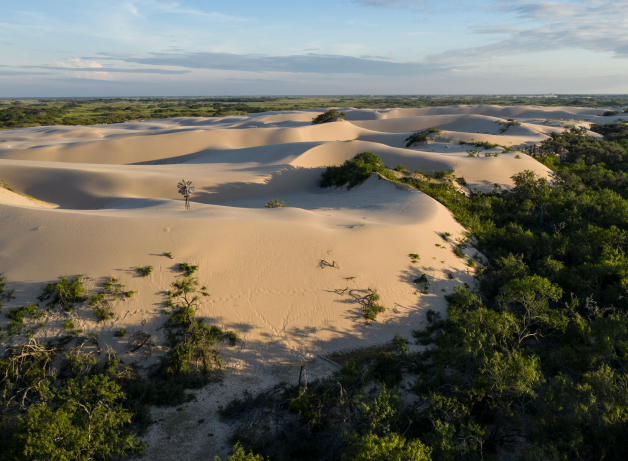You can’t manage what you can’t measure, and our wildlife monitoring projects primarily help us document trends and dynamics of wildlife populations over time and in response to environmental variables and management actions. We conduct annual surveys of economically impactful species (large mammals and quail) as well as ecologically important populations of birds and small mammals. Along with yearly measures, we work to develop improved methods of measuring wildlife populations at scale to inform management over time more effectively.
The recovery of the ocelot largely depends on private landowners and the stewardship of their lands. East Foundation is committed to producing reliable research aimed at making this a reality.
